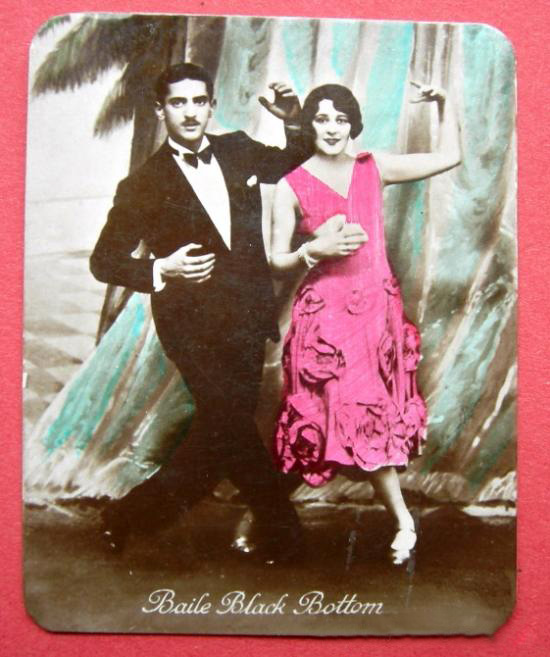
The exhibition In tone. Graphic memory of jazz in Spain aims to reconstruct the evolution of jazz in our country –with an impact on the career of some of its most prominent players– through a selection of posters and records, newspapers and magazines, fiction books and essays, scores and advertising brochures among other documents, from various public and private collections. In a short overview, the exhibition addresses questions relative to the identity and cultural permeability of a music genre that has always been known in history for its ability to adapt and evolve in very different contexts.
The exhibition has been funded by Traberg Ebbe Foundation, the Music Section of CultuArts - Generalitat Valenciana, the University of Valencia and a number of private collectors.
Since the early twentieth century, jazz and its pre-figuring music styles entered the Spanish scene via luxury resorts and casinos in San Sebastian and Santander, where the royal family and the wealthy classes spent the summer, always eager to know the latest international trends, and as part of the more exotic programmes of the circuses that toured the country. The new rhythms were received by our ancestors in amazement and surprise, with contempt or enthusiasm but never with indifference. African-American music was synonymous with modernity and cosmopolitanism for some, and with decadence and the loss of secular roots for others; but the truth is that it soon became part of the music panorama, popularised in dance halls or incorporated into operettas and variety theatre. The plight of the civil war and Franco’s hostility did not manage to wipe it off.
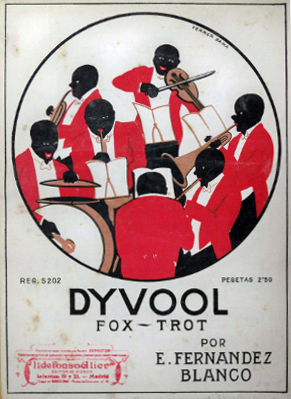
musical. Col·lecció CulturArts |
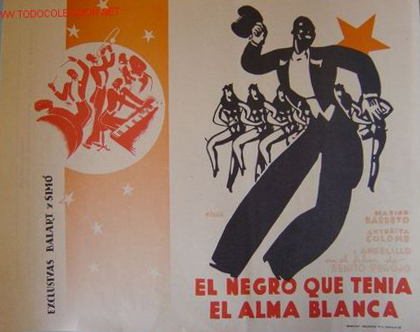
Col·lecció CulturArts |
Jazz in Spain can be said to have had three great moments: at the end of Primo de Rivera’s dictatorship and the early years of the Republic, when the lure of black culture was in its heyday and foreign musicians and dancers –mostly Americans but also from the Caribbean– took over the entertainment scene; the first post-war years, with a paradoxical and intense boom of hot music and big bands taking place against the nationalist mainstream; and finally, the 1980s, a decade that saw the appearance of countless jazz festivals all over a country undergoing devolution at the time, and the first steps of an amazing generation of young musicians who would later become international references.
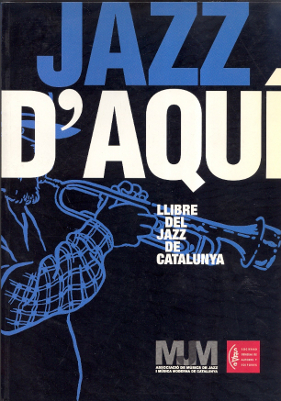
|
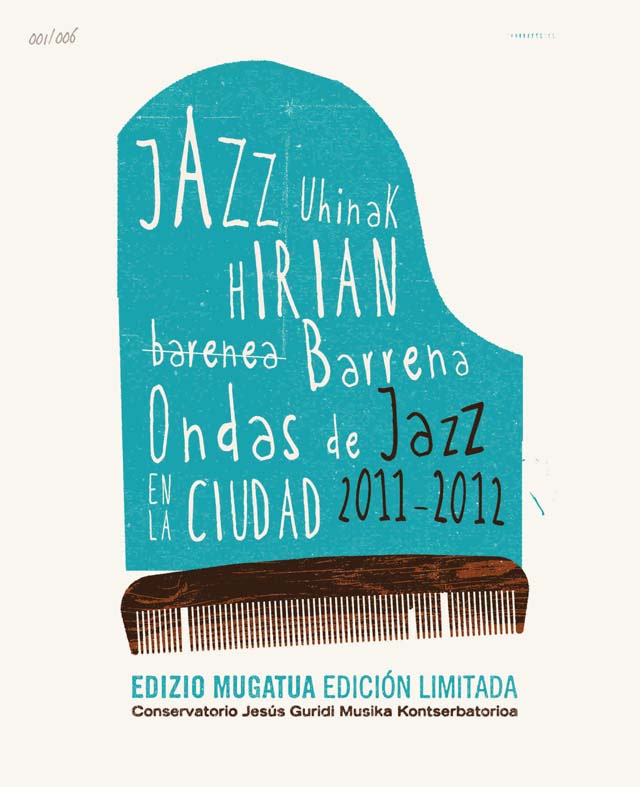
|
It was around those three great moments that history was written, including amateur bands that prompted the emergence of radio programs, newsletters and magazines; the emergence of professional musicians increasingly familiar with jazz language; the gradual transition from live jazz in dance halls to specialized clubs or the consolidation of a record industry and, more recently, an entire educational movement focused on jazz and urban music, first privately and then taken on by state conservatories.
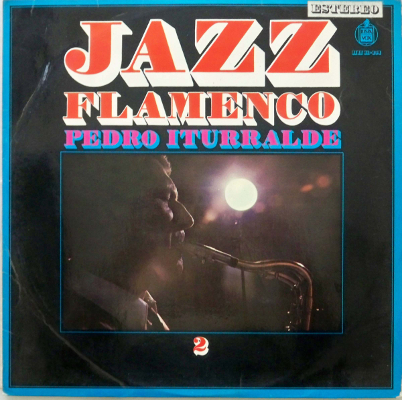
Col·lecció Ebbe Traberg
|
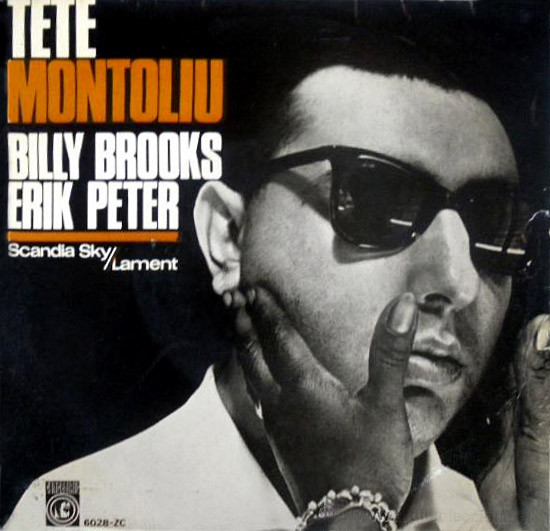
|
In this long process of assimilation that came to an end with the consolidation of democracy and Spain’s cultural normalization, jazz left an imprint on culture, influencing and being influenced too by successive parallel trends featuring tango, habaneras, flamenco, copla, melodic music, various traditional music styles, and pop and electronic music.
COMPLEMENTARY ACTIVITIES:
International Congress "Jazz in Spain" 28 – 30 November











